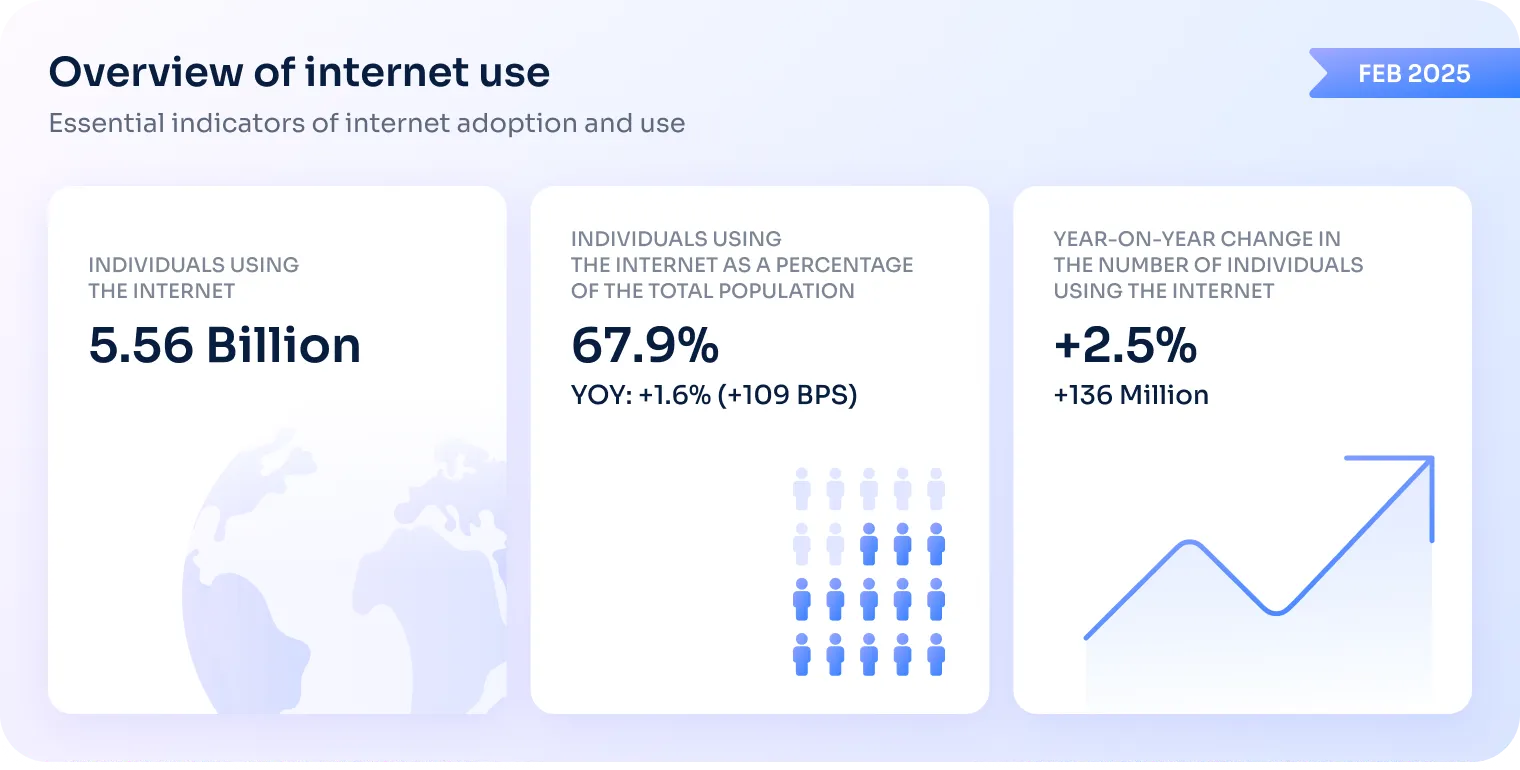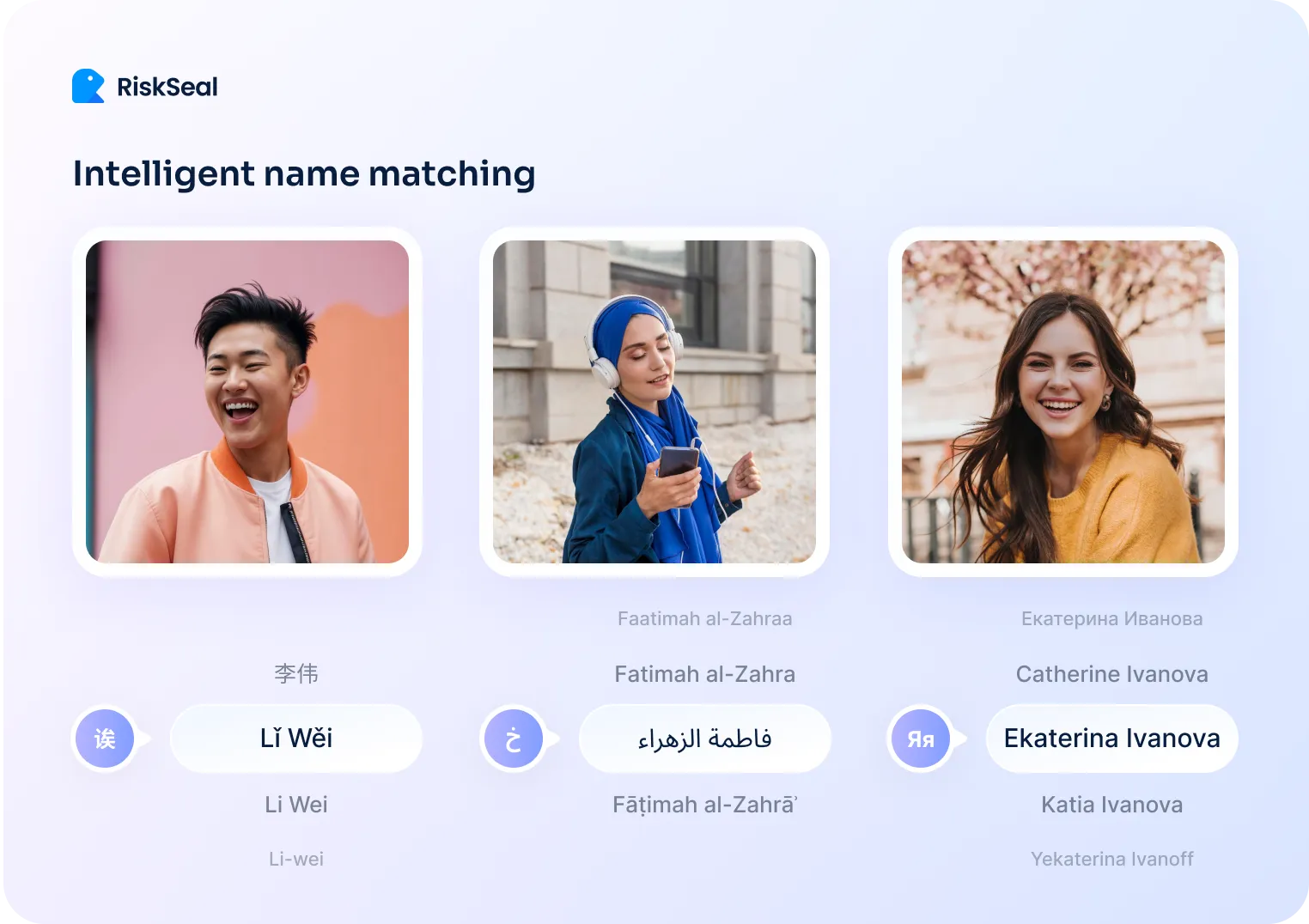Discover how alternative credit scoring differs from traditional and aids in identifying reliable clients without credit histories.

Traditional credit scoring based on credit history and ratings may not always be applicable.
Imagine the guy in his early thirties, leading a successful creative agency. He wants to grow, so he needs a loan for new talent and tech. However, banks are hesitant because he doesn't have a long credit history or a typical job path.
This shows a problem with traditional credit scoring methods: they miss out on people like this guy.
But there's a new solution: alternative credit scoring.
We'll explain how these new methods differ from traditional ones and how they can help you identify those valuable customers.
Let's dive in.
The Federal Reserve Board reports that 6% of Americans are unbanked, and another 13% are underbanked. Due to outdated credit models, banks will not be able to lend to 19% of the US population.
The issue is that the situation with unbanked people worldwide is much worse than locally in the US.
Global Finance Magazine reports that the top five world's most unbanked countries are Morocco, Vietnam, Egypt, the Philippines, and Mexico:

This suggests that millions of people cannot rely on obtaining credit from a lending organization using traditional credit scoring.
Another standard requirement for borrowers is formal employment.
However, recent data indicates that there are over 76 million freelancers in the US. Like credit-invisible people, they may not be able to obtain funds from a bank regardless of their creditworthiness.
To serve these demographics, credit institutions require credit risk digital transformation. They need to supplement their credit scoring algorithms with alternative credit data.
These scoring models use traditional data to evaluate potential borrowers:
Based on this data, traditional credit scoring generates a credit score representing the client's creditworthiness.
For example, FICO scores range from 300 to 850:
The borrower's chances of getting credit and receiving favorable lending terms increase as their credit score improves.
Traditional scoring models fail to objectively assess borrowers and significantly limit the target audience of lending organizations.
Another problem is that traditional credit assessment does not consider the constantly changing behavior of users.
People of different generations have entirely different attitudes towards lending. For example, there are more freelancers among Gen Z and Millennials, and they are more technologically savvy.
Their lifestyle radically differs from older generations like Baby Boomers and Gen X, so traditional methods are insufficient to assess their creditworthiness.
Learn the key findings of the U.S. Gen Z by TransUnion in the diagram below.

By incorporating non-traditional data, lenders can consider borrowers' behavioral patterns, particularly those that vary based on their age group.
This type of credit assessment enhances the effectiveness of scoring models and aids in making well-informed decisions regarding credit applications.
To expand the coverage of consumers with their services, modern credit organizations rely on alternative data providers. They help enrich scoring models and expand the context of risk assessment.
According to Data Reportal analytics, there are more than 5.5 billion internet users in the world. This is almost 68% of the global population. And every year, this number increases by 2.5%.

Such a global reach is advantageous for credit institutions.
The fact is that every internet user leaves a digital footprint. This is all the information that remains publicly accessible after a person interacts with various online resources.
Lenders use this information to enrich their scoring models. That is, they take it into account when assessing the creditworthiness of potential borrowers.
Here are the key types of alternative data available as a result of digital footprint analysis:
#1. Email data
This is information that can be found by knowing just the applicant's email address. It includes:
#2. Phone number data
Another piece of information that a potential client is required to provide in a credit application is their mobile phone number. By knowing it, the lender can track:
#3. Location data
Hiding one's actual location is one of the likely signs of fraud. Here are the factors that will indicate this:
#4. Social media data
Social networks contain a lot of information about their users.
The mere absence of registered accounts is suspicious, as statistics show that the average user has about 7 social profiles.
Additionally, other information is valuable:
#5. E-commerce data
According to statistics, 2.71 billion people worldwide actively make online purchases. Data on activity on e-commerce platforms is a valuable source of information for creditors:
#6. Paid subscriptions data
Having paid subscriptions is already a positive sign for the lender. However, other facts should also be considered:
Artificial intelligence (AI), and specifically machine learning (ML), is widely used to enhance modern scoring systems.
These technologies allow for the optimization of risk assessment and forecasting, improve the decision-making process, and effectively prevent fraud.
The RiskSeal scoring system offers several methods of assessing potential borrowers based on ML algorithms:
1. Face recognition. This method allows for comparing publicly available photos of the applicant found online.
For example, if different people appear in the profile pictures on Facebook, Instagram, and LinkedIn, it may be seen as a sign of fraud.

2. Name match technique. The names used by the user across different online platforms are also compared. If they don't match, the borrower is assigned a high-risk level.

3. Anomalies detection. ML algorithms are capable of processing vast amounts of data, analyzing it, and identifying patterns.
This allows for constructing a complete picture of the applicant's consumer habits and detecting atypical patterns. Their presence is another sign of potential fraud.
This term refers to information about any payments other than those made for loans and credit cards. These can include:
This information can be provided by the following third-party services:
Information showing timely and full payments and a high credit rating can confirm their creditworthiness.
Behavioral insights are becoming one of the strongest predictors of repayment reliability in digital lending.
Instead of relying only on bureau data, lenders can track how applicants actually behave in their financial and digital lives.
These insights often reveal early signs of risk or confirm creditworthiness for thin-file borrowers.
Here are key behavioral signals that can transform credit scoring models:
By incorporating these signals into their risk models, lenders can make faster, fairer, and more accurate credit decisions.
For example, RiskSeal’s clients use our platform to gather behavioral data in an ethical, non-intrusive way. We then turn this into a single Digital Credit Score, giving lenders the clearest view of each applicant.
Borrowers benefit as well. Trustworthy applicants with little or no credit history are recognized. And any risky patterns are flagged before losses occur.
There are segments of the population that traditional banks prefer not to lend to, such as freelancers, former defaulters, elderly, or very young people.
Non-traditional credit scoring considers these factors when building scoring models, resulting in more accurate assessments.
Alternative credit scoring enhances the competitiveness of lending organizations by offering a range of benefits.
In addition to the obvious benefits, lending organizations that use alternative credit scoring models may face certain challenges. You can learn more about this from our guide to enhancing scorecards with alternative data.
You should use both traditional and alternative data to create effective scoring models. These data significantly differ but complement each other to achieve maximum efficiency.
We highly recommend tailoring models to specific borrower segments that traditional credit systems often overlook.
This includes freelancers, gig economy workers, students, retirees, or people with past defaults
These groups are considered risky because they don’t fit neatly into conventional credit bureau scoring.
The result: limited access to credit for people who may actually be reliable borrowers.
Alternative data helps bridge this gap. With it, lenders can build personalized scoring models that reflect the realities of these groups. For example:
With personalized models, lenders can reduce blanket rejections, extend credit to underserved populations, and still protect against default.
This approach improves financial inclusion while also expanding the lender’s portfolio responsibly.
RiskSeal enriches scoring models with alternative data. We analyze applicants’ digital footprints and provide over 400 digital signals.
Our latest project has shown that the effectiveness of credit scoring is maximized when both alternative and traditional data are used.

About the project. This was a collaboration between RiskSeal and the fintech company AvaFin, specializing in innovative consumer financial solutions.
The challenge. The Mexican branch of our client identified a significant untapped market. They established that 50% of the local population had limited or no established credit history. This presented a valuable chance to develop innovative assessment methods where traditional data was unavailable, allowing AvaFin to serve this financially underserved segment.
Solution. AvaFin reached out to RiskSeal to apply alternative data sources and improve their scoring models.
Result. RiskSeal provided AvaFin with various data points based on the web presence of borrowers. Among them:
1. Digital footprints from social media and messengers, entertainment, gambling, travel, educational platforms, and custom regional platforms.
2. Email lookup signals – deliverability verification, email age, domain data analysis, data breaches, and disposable domain identification.
3. Phone number lookup signals – disposable numbers, data breaches, digital and social profile registrations, telco details.
4. Signals for identity verification – applicant’s avatars and photos for face recognition, name variants, location data, and email and phone number data links.
At the end of the collaboration, our clients noted an increase in decision-making speed, access to a wide range of data, and excellent fraud detection.
Alternative credit scoring is a method of assessing potential borrowers using non-traditional data sources.
Here are the key insights we discussed in this article:
How does RiskSeal's approach to alternative credit scoring differ from traditional methods?

RiskSeal uses non-traditional data in credit scoring, which provides much more information about the borrower than credit history or scores alone.
We analyze consumer behavior on social media and other online platforms, check for subscriptions, and provide over 300 digital signals.
This makes decision-making on credit applications more efficient and expands the client base of lending organizations.
What is traditional credit scoring, and how does it work?

Traditional credit scoring assesses borrowers based solely on their credit history. Depending on factors such as the amount of debt, timeliness of payments, and others, borrowers are assigned a score – a credit rating.
A higher score increases the likelihood of a positive response to a credit application and more favorable loan terms.
What kinds of data are used in traditional credit scoring models?

Traditional credit scoring models use the following information to assess borrowers: payment history, outstanding debt, length of credit history, types of credit in use, new credit, and credit utilization.
How do alternative credit scoring methods differ from traditional ones?

Unlike traditional credit scoring methods, alternative ones use not only traditional data but also information from alternative sources to assess borrowers. This helps to expand the pool of lending services to people with poor or no credit history.
What types of non-traditional data can be used in alternative credit scoring?

Alternative credit scoring can include information from borrowers' profiles on social media and other platforms, their online purchasing history, data on subscriptions, utility and rental payments, mobile phone usage, and more.
What are the main advantages of using alternative credit scoring?

Alternative credit scoring has several advantages, including expanding the customer base, personalizing borrower assessment, and reducing the costs of issuing credit.
Scoring models are adaptable and flexible. Additionally, this approach to credit scoring helps reduce the costs of issuing credit and decreases bias and the number of errors.